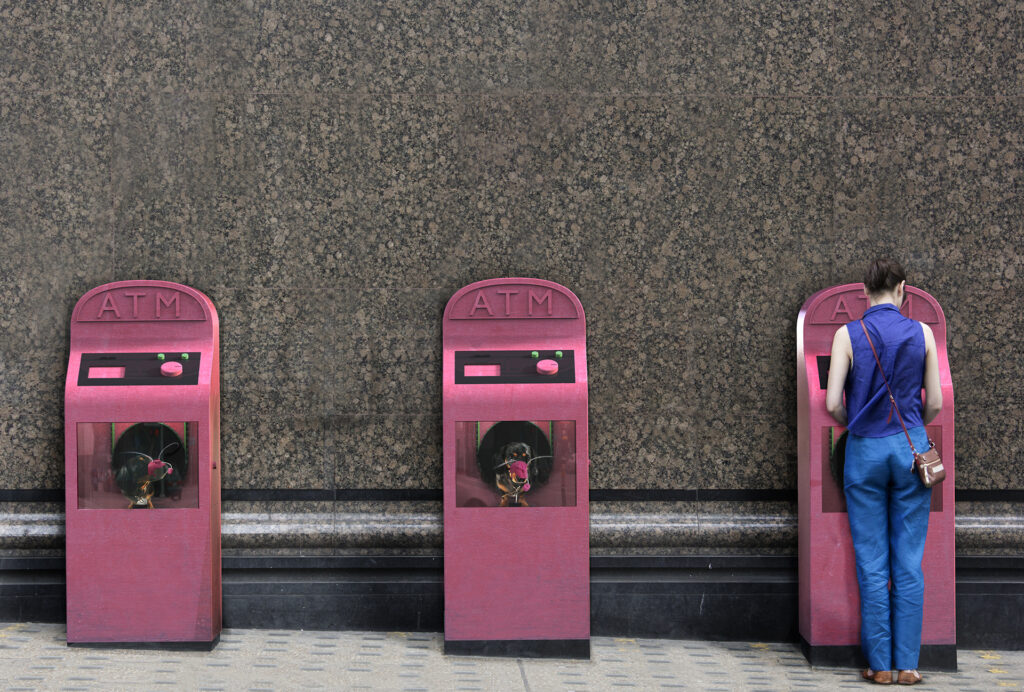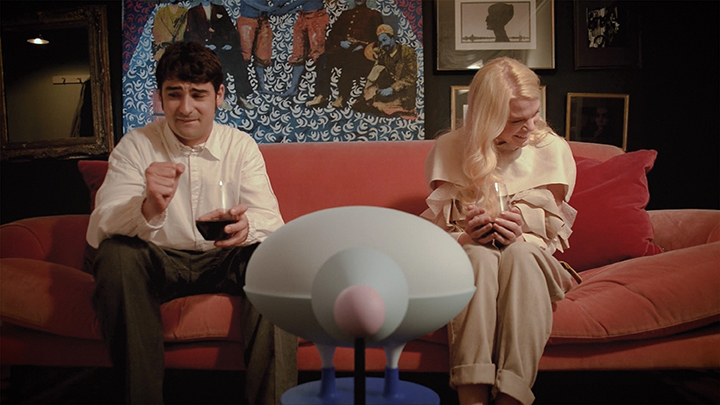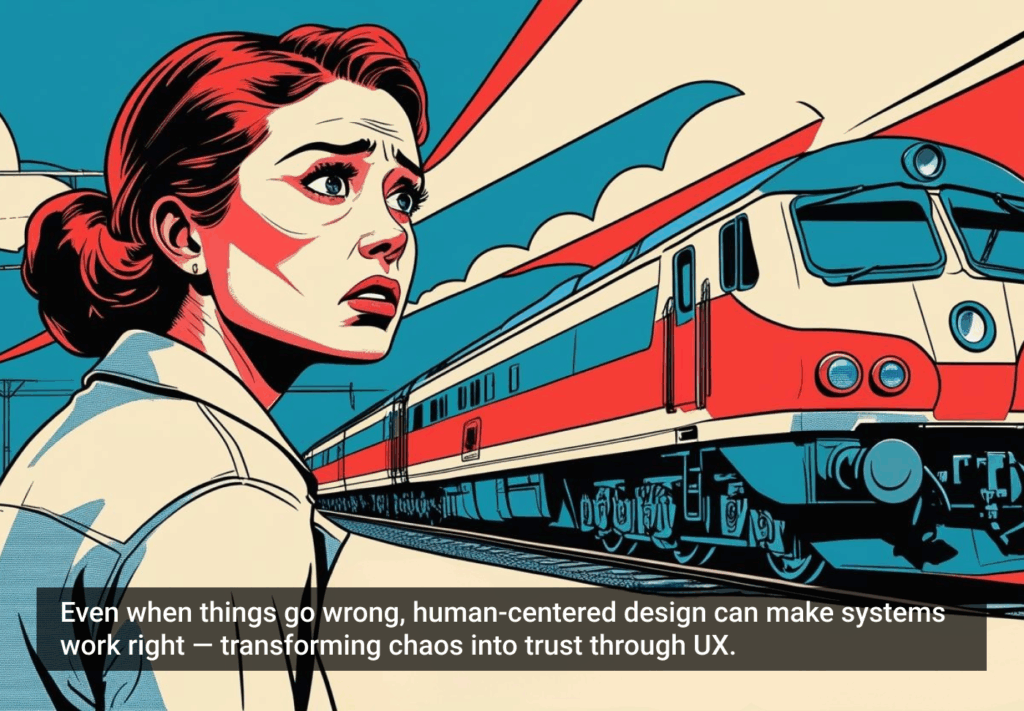In the era of machines, innovative solutions have far-reaching effects on many areas of our public and private life. They range from devices we carry with us, tools that shape how we perform our jobs, to technology existing in our everyday environments –our homes, modes of transportation, and places where we gather and socialize. And as designers, we strive to tackle society’s wicked problems and mitigate the potential risks of design and technology-born catastrophes.
“The culture that survives to direct the future of the planet will be one that encourages as much creativity as possible but also finds ways to choose novelty on the basis of the future well-being of the whole.” – Mihaly Csikszentmihalyi, Creativity: Flow and the Psychology of Discovery and Invention (1996:325)
Collaborating across fields of design, science, engineering, and technology has become central more than ever to building the future we want; one with a progressive and optimistic outlook on the integration of robots into aspects of our lives, intelligent and capable human agency, an inclusive society, and robust online data safety measures.
Speakers worldwide united at the IxDA Interaction 23 to identify, discuss and advance the contributions shaping the Interaction Design field. In addition, the conference laid out vital ethical concerns that persist and continue to dominate our design conversations and impact our practice. The following are my takeaways and reflections.
An equitable and effective future with AI.
Bias in AI algorithms is ubiquitous and reflects the society we live in. Marihum Pernia, Design and Innovation Director at eFM advocates for an intersectional-centred approach to designing with AI to prevent unfair and harmful social consequences, like the wrongful arrest and jailing of Robert Williams due to a facial recognition system’s racial discrimination in 2020.
As we design with AI, being mindful of how AI systems perpetuate existing biases is crucial to developing innovative, responsible, and sustainable AI solutions. But do we know enough about the evolution of AI and how it works to effectively support organisations in improving operational efficiencies and designing products and services that people need?
Martin Boeckle, Lead Strategic Designer at BCG X, highlights the complexity of the rapid evolution of AI for organisations and everyday users and the implications this poses for designers. For him, designing with AI can be thorny at a time when clients most want it, and the industry is still playing catch-up. As a result, creative teams must adapt their working methods to meet organisations’ and individuals’ changing needs and demands. “We need to work with data scientists,” says Boeckle. Together they can help organisations integrate data solutions into their workflows and help people understand what AI does and how it shows up in their products and services.
Boeckle suggests that AI initiatives, like chatGPT, often fail to fully address human needs, as Noam Chomsky argues that it is a “high-tech plagiarism and a way of avoiding learning”. As a result, the effectiveness of chatGPT technology remains unclear, especially given its potential implications in government, education, and other areas. (open letter)
The potential of AI is both promising and disturbing. The trend of convenience technologies, in particular, may be causing apathy and disconnect by removing the need for human interaction and critical thinking.


Images of ‘Sniffer Dog Authentication’ system – part of ‘The Republic of Privacy’, a speculative design project by Soomi Park
The cost of convenience by design.
“Can we build machines that teach us instead of making decisions for us?” asks Norbert Krizsán, Head of Design Operations and Strategic Advisor at Mito Digital. As machines grow increasingly sophisticated and remove perceived inconveniences, they provide clever, too clever even, features that subdue our human intelligence, rendering it extraneous. Krizsán calls this phenomenon the ‘augmented user’ – the user who lets machines decide for them.
Krizán argues that we are replacing human failures with the successes of machines. In his view, decision-making automation has permeated the landscape of products and services we use routinely. Netflix, Deliveroo, Amazon, Handy, and you-name-it are all ways of outsourcing parts of the decision-making process for convenience, but the question is, at what cost? Krizán hints that machines may hinder our capacity to evaluate situations, gain experience, acquire knowledge, and exercise our innate human agency.
So, what is it that we want machines to do for us? What is helping, and what is making us dumber? What is making decisions for us that we would otherwise not consider? When is convenience detrimental to the well-being of society?
Our post-human condition.
Technology transformed our lives at the start of the 21st century, altering how we think and act. For example, our reliance on smartphones has changed how we communicate and interact with the world. At the same time, advances in medical technology have allowed us to enhance our physical and cognitive skills in unimaginable ways. As technology continues expanding its reach into every aspect of our lives, our notion of being evolves and adapts. This has led some to argue that we are entering a ‘post-human condition’ – a state where traditional ideas of being human no longer apply. In this new era, the lines between humans and machines are increasingly blurred, and our very identity as human beings is being redefined.
“To say that we invent values signifies that: life has no meaning, a priori. Before being born, life itself is nothing, but it is up to you to give it meaning, and value is that meaning you choose. This way you understand that there is a possibility of creating a humane community.” – Jean-Paul Sartre, L’existentialisme est un Humanisme (1996:74, first published in 1946, translated from French by the author)
With people’s needs and expectations fluctuating at the rate of technological progress and in the face of the looming threat of dystopia, we must prioritise designing with purpose. With that in mind, what kind of future(s) can we envision?

Image of ‘Embarrassed Robots’ — a speculative design project and film by Soomi Park
Living with AI and robots.
The potential of AI is immeasurable. What we know, however, is that it allows us to view the world through the lens of dualities that may limit the scope of our imagination. But what if we adopt a new framework that leverages this capability, one for ideation that enables us to brainstorm and experiment beyond the binary?
Lasse Underbjerg, Global Future Lab Director at Designit, introduced ‘Future Dualities’ – a framework for approaching complexities in ‘design futuring’. By developing speculative prototypes and imagining probable and desirable futures, we can design for a time and context that doesn’t yet exist and challenge our assumptions about what’s possible.
“Futuring means giving the self a future… Good design is futuring an opening (into the future).” – Tony Fry, Design Futuring: Sustainability, Ethics and New Practice (2009:113,118)
Technology can both liberate and constrain; it is a double-edged sword. While experimenting can lead us to embrace uncertainty and unlock endless possibilities, it is exciting to witness innovation come to fruition and imagine the paradigm of a utopian society. Our robot friends are part of this reality.
Kate Darling, Research Scientist at the MIT Media Lab and author of The New Breed (2021), highlights the potential for humans to feel empathy towards robots that possess life-like features, which could have significant implications for how we use robots in various settings, such as dog robots to support patients with dementia in nursing homes where a living dog may not be suitable.
Given that people may form emotional connections with robots and treat them differently from other devices, it is essential to consider how they will integrate into our daily lives as we continue to develop robotics technology. For example, how can we ensure that our privacy is protected or that humans do not harm robots? What rules will be necessary to address ethical concerns?
These questions are fundamental to explore as we move towards a future where machines co-exist and grow alongside us in our many environments. Moreover, these questions become even more pertinent as robots become more intelligent and autonomous.
In Darling’s view, how we relate and interact with robots may reveal new insights into our humanity and reshape our understanding of reality. As we welcome robots into our lives, we must do so thoughtfully and with consideration for the ethical implications they represent.

Image of a generative artwork and interactive exhibition by Kaoru Tanaka in collaboration with Bayern Design
The future is ours to define, but not on our own.
The future is ambiguous, uncertain, and complex. As we journey into uncharted territory, the influence of designers may feel like it is withering, leaving us to confront a growing sense of apprehension about the future of our design practice.
In the past, designers held a significant role in shaping technological advancements, but the emergence of AI has sparked concerns over the direction of progress and what the future of technology holds for designers. So how is our world changing? Does design follow technology or vice versa? If the former is true, what is our role as designers?
AI is quickly replacing many facets of human creativity and agency, incorporating essential elements of our workflow, which are becoming increasingly difficult to distinguish from those generated by humans. However, productivity could be at its highest. As with past advancements, AI is proving to be a valuable tool for artists and designers, allowing them to generate ideas, iterate on them, overcome creative blocks, and achieve more than ever thought possible. As noted by Dr John Maeda, VP of Design and Artificial Intelligence at Microsoft and author of How To Speak Machine: Laws of Design for a Digital Age (2019), it’s an exciting time to be alive. Still, we must also approach AI with a critical eye and consider its relationship with humanity.
Every technological milestone comes with its gifts and challenges. So too, come opportunities to redefine how we work and what we, as designers, bring to the table. While computers excel at automating tasks and following rules, we possess the ability to break the rules and innovate beyond them. AI allows us to explore what sets humans apart from machines. This is the time for us to adjust our strategies and recalibrate our practices to welcome new technologies and collaborate with experts to prevent losing sight of what matters most – to build a better tomorrow.
“The word future has two meanings corresponding to the two aspects of the ambiguous condition of man, which is lack of being and which is existence; it alludes to both being and existence.” – Simone de Beauvoir, The Ethics of Ambiguity (2018:124, first published in 1947)
At Femmes Designers, we care deeply about the future. Our goal is to empower women working in STEAM fields and to inspire future generations to become creators and innovators. As a collective of artists, technologists, bio-designers, researchers, and scholars, we seek to influence academic discourse and push boundaries to bring new ideas to the forefront. Join us as we stay ahead of the curve and inform the emerging jobs of tomorrow that blur the line between science fiction and plausible future(s).
To be a designer today is to have the courage to flirt with the unknown and to challenge fixed ideas of how things work and ought to be and what exists or ought to exist. In the future, designers will collaborate with data scientists to create products and services that benefit our post-human condition, where humans are cyborgs and machines make better choices than us. As we design for this undefined future, we must develop a shared ethical vocabulary to address the pervasive presence of robots and ensure that technology serves humanity.
Talks mentioned in this article:
- “Technology and ethics: a new design paradigm” by Marihum Pernia
- “Design Thinking and AI: The new frontier for Designing human-centered AI Solutions” by Martin Boeckle
- “The err is human but to succeed is machine?” by Norbert Krizsán
- “Future Dualities: A Framework for exploring what’s Next and generating hybrid futures with AI” by Lasse Underbjerg
- “The new breed” by Kate Darling
Books cited:
- de Beauvoir, Simone. The Ethics of Ambiguity. First published in 1947. Open Road Integrated Media, Inc., New York: 2018.
- Csitszentmihalyi, Mihaly. Creativity: Flow and the Psychology of Discovery and Invention. First Published 1996. Harper Collins Publishers Inc., Harper Perennial, New York: 1997.
- Fry, Tony. Design Futuring: Sustainability, Ethics and New Practice. Berg, UK, 2009.
- Sartre, Jean-Paul. L’existentialisme est un Humanisme. First Published 1946. Collection Folio Essais. Editions Gallimard, 1996.*
*“Dire que nous inventons les valeurs ne signifie pas autre chose que ceci: la vie n’a aucun sens, a priori. Avant que vous ne viviez, la vie, elle, n’est rien, mais c’est a vous de lui donner un sens, et la valeur n’est pas autre chose que ce sens que vous choisissez. Par la vous voyez qu’il y a possibilité de créer une communauté humaine. […] Par humanisme on peut entendre une théorie qui prend l’homme comme fin et comme valeur supérieure.” (Sartre, 1996:74)








